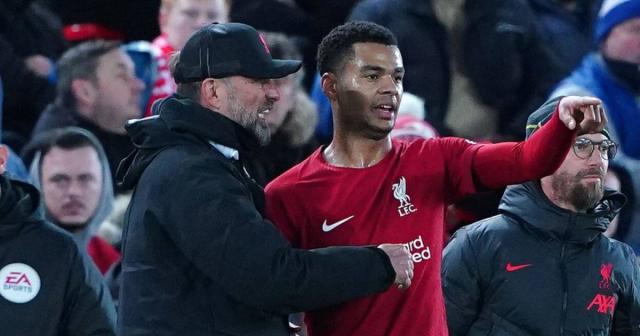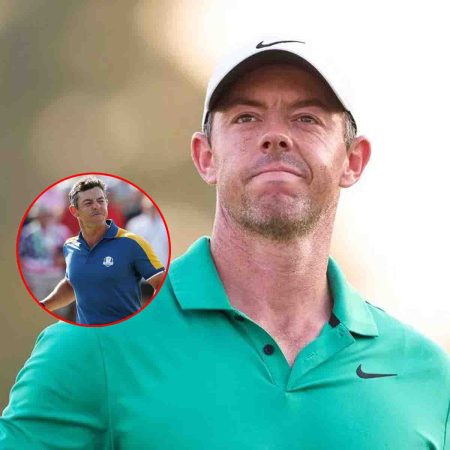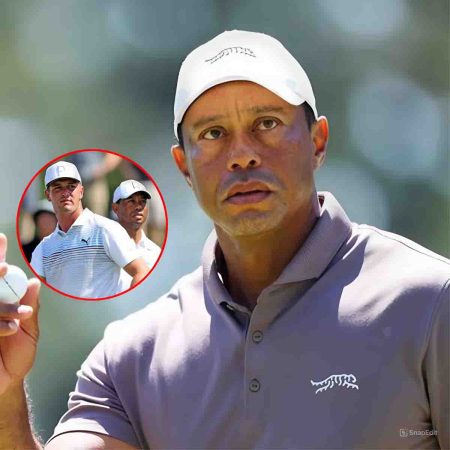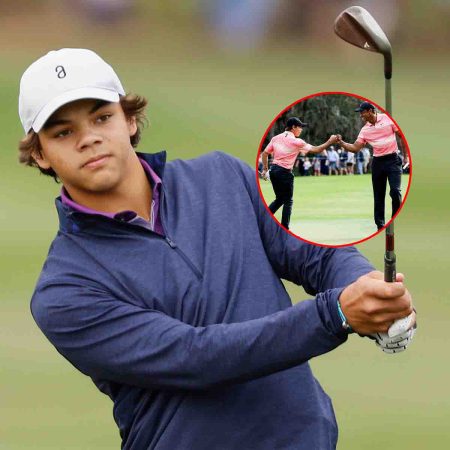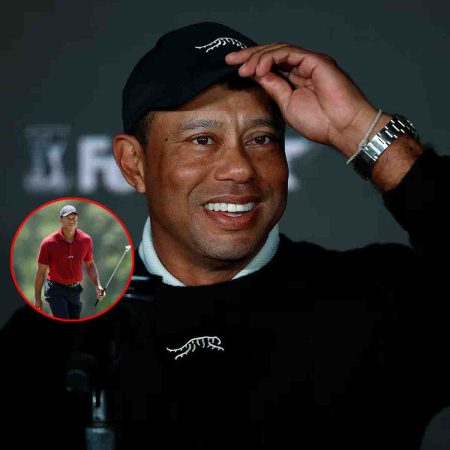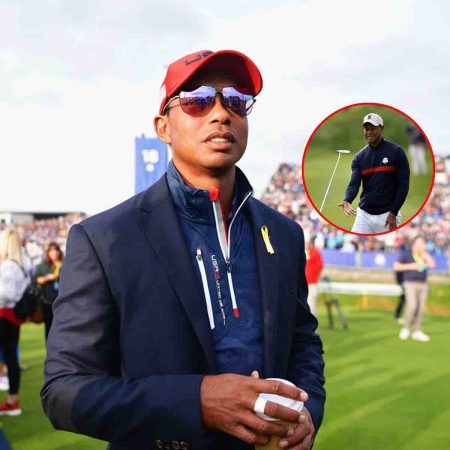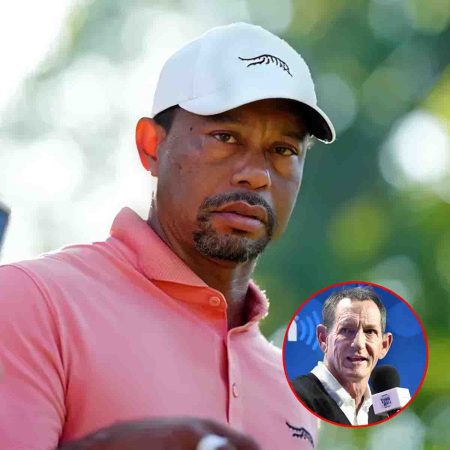The Reds have fallen away from the challengers for Premier League and Champions League honours; can Klopp now build a second successful team at Anfield?
Once emotions had calmed, Jurgen Klopp went to Liverpool’s training base and responded as he always does – to double down, to go again and keep the energy going. It is badly needed.
Even a figure as effusive as the German, however, knows this situation is going to require more than impetus. If Saturday’s description of Brighton as a “low point” was not enough, perhaps more telling was his muted response to a question over whether a 3-0 defeat represented the end of this Liverpool team. Klopp would previously have responded with fire to such a suggestion.
This time, having already said “sorry” in response to a question about the formation, he was literally apologetic.
“It’s our fault you can ask this,” Klopp said. “I understand it… we have to make sure that you can’t ask this question any more, and that’s obviously our job.”
It’s more than that being asked, though. The wonder is now just whether this marks the end of a team but whether it marks the end of the entire Klopp era. A sense of fin de siecle has been further fostered by Fenway Sports Group putting the club up for sale; that this is all coming to a natural conclusion.
It isn’t impossible. While there are deep concerns about and fair criticisms of Klopp, though, it should be acknowledged that much of this inevitably comes from trying to do the impossible; Liverpool are feeling the inevitable effects of having to keep up with a sportswashing project in Manchester City for so long. They consistently pushed themselves past the expected limits of performance, and that just can’t be done indefinitely. It might even be having its toll on an inconsistent City now.
There is almost a cruel sense of timing to it, since Liverpool could have been scorching to a second title this season had they managed the levels of 2018-19 and 2021-22 now. This is instead a team that has done too much.
That maybe shouldn’t be a surprise. Selections like Cody Gakpo gave Saturday’s starting XI the air of a new cycle but seven of the players have been core squad members since 2018 and that was without Virgil van Dijk and Roberto Firmino. The famous Sir Alex Ferguson maxim, first applied by Bob Paisley, was that any team cycle can only have three-four years but most of this group are now into their sixth.
Consequently, they are said to be “exhausted”, pushed to that limit by Klopp’s continuous physical and mental demands. The players and manager are of course still trying to do it all to the same level, but it’s simply impossible to do so with the same intensity. That is the sort of energy that can only come at very specific stages of a team’s cycle. There needs to be a mental freshness and either a sense of growth or peak integration. Liverpool instead look stale.
It could all do with a significant rebuild, and evolution, and that can’t happen without some ructions. That is why some of this is outside anyone’s blame – but not all of it.
The questions about the extent of the rebuild are where criticisms can be directed at Klopp. To start, literally, Liverpool should not be in a situation where they are featuring as many as seven members from a half-decade ago.
Klopp’s signing of Thiago Alcantara was obviously a first attempt to evolve, but that was almost three years ago now, and represented the only major change until Darwin Nunez. Thiago meanwhile remains the only significant midfield signing in five years.
Given how that area has always been Klopp’s engine, where so much of the most intense pressing is done, it is little wonder Liverpool are now spluttering.
Such a lack of change offers the sense that, rather than just making the clean break with a team that Paisley did in 1981, Klopp has kind of been hanging on to it; trying to keep it going by keeping most of it together.

It was much like this at Borussia Dortmund, where he never completely built a new side. Klopp has in fact never done that at the same club, and that’s why this question of what next – and what decisions the club takes – is all the more complicated.
The feeling that this Liverpool team might be coming to an end was being aired in the immediate aftermath of the 2022 Champions League final defeat to Real Madrid. That only grew over the summer, to the extent that an increasing number of sources spoke about a “worrying atmosphere internally” into August.
The publication of Pep Lijnders’ book surprised some at the club and wasn’t universally popular.
The prospective sale of the club meanwhile comes after significant changes to the model that has defined this era, with Michael Edwards leaving and successor Julian Ward to follow. That has coincided with greater questions about recruits. The run of hits has stopped.
It should be stressed, that in itself is an inevitability, since no recruitment team can keep it going indefinitely, but it is the timing and quantity that add to the concern. There was said to be surprise in the wider game about the signing of Arthur Melo, since no one else was touching him. Recruitment figures at other clubs said it raised questions about Ward.
Darwin Nunez personifies much of this. The Uruguayan causes chaos, both for the opposition and his own club. His signing follows Thiago as the second major attempt at evolution in terms of personnel, but it hasn’t yet been close to coming together. It is like he is on a different wavelength. Questions have similarly grown over whether he even has the talent ceiling that Sadio Mane did, given the price.
For all that Mohamed Salah and Van Dijk have dominated this Liverpool era, some at the club believe that the Senegalese was the team’s best player and hasn’t been adequately replaced. Others have been keen to make something else clear: that it was Klopp who wanted Nunez. This is where the biggest questions lie over what next, especially as it is believed FSG no longer want to spend more than the club is bringing in.
Rather than perpetuating or evolving the analytics-based model, Liverpool have doubled down on Klopp himself – especially as they decide who is to be the next sporting director. A series of sources say the German has been given even more authority and control.

It could fairly be argued this is more than deserved, and many around the club would doubtless say they could get rid of everyone else before they got rid of Klopp. It is beyond debate that he has been the best thing to happen to Liverpool in four decades.
That doesn’t necessarily mean this course is best practice, though. Klopp’s success hasn’t come through this model, after all. Other figures would say that the signings of Luis Diaz and Diogo Jota prove that the previous approach was correct.
A shift also comes at a point where the German just isn’t getting the same responses from the players. While Klopp is one of the most charismatic and admired figures in the wider game, the perception of his own squad has always been more complicated. He is rarely as gregarious as he appears in those public bear hugs. He can be cutting and stern, and doesn’t always explain decisions in a way they feel fair. Others say Klopp can be “difficult to work with” and spiky with those outside his immediate circle, something that everyone of course overlooks when it brings astounding overperformance.
That should not be a surprise since this is the hard end of the game, and that’s what the elite level requires. The other side of that – and what starts to create problems for managers – is that the less popular elements become more pronounced when things are going wrong. That’s when squads agitate.
That’s just football. That’s what Klopp has to contend with now.
And that is also what is so fascinating about this, as much as anything. We’re into real unknowns. Klopp is one of the greatest managers in the modern game, but we simply don’t know if he can build a new team at the same club. There’s no baseline.
Whatever about an end, he’s going to have to start doing something he’s never done before.




